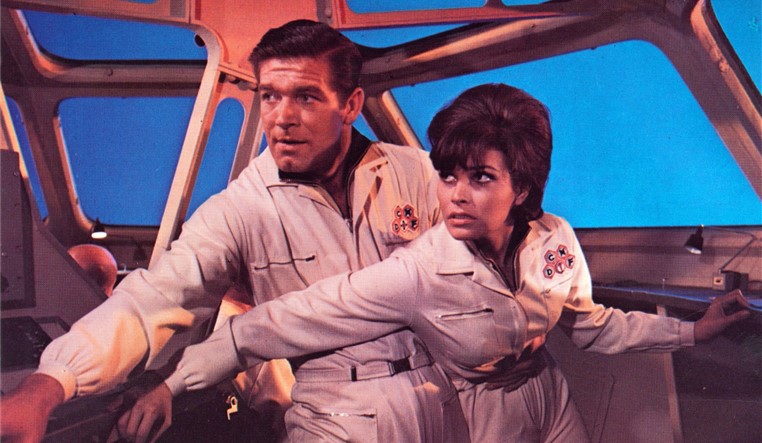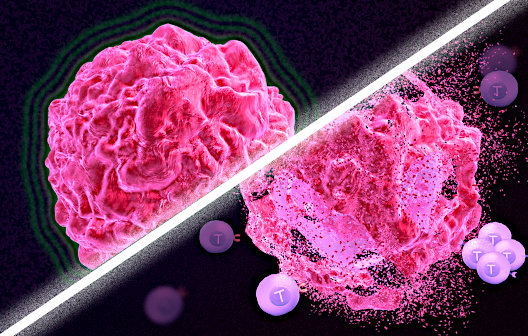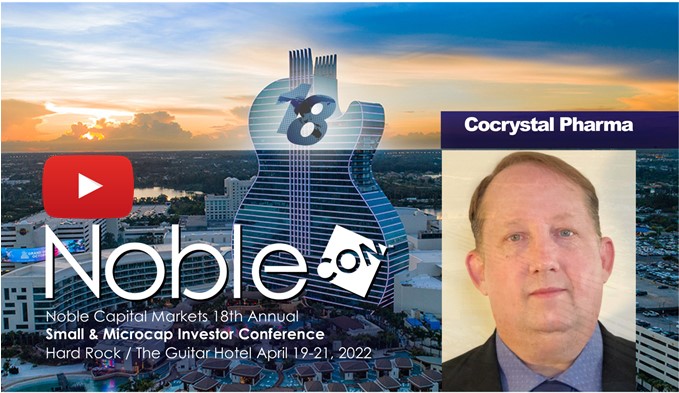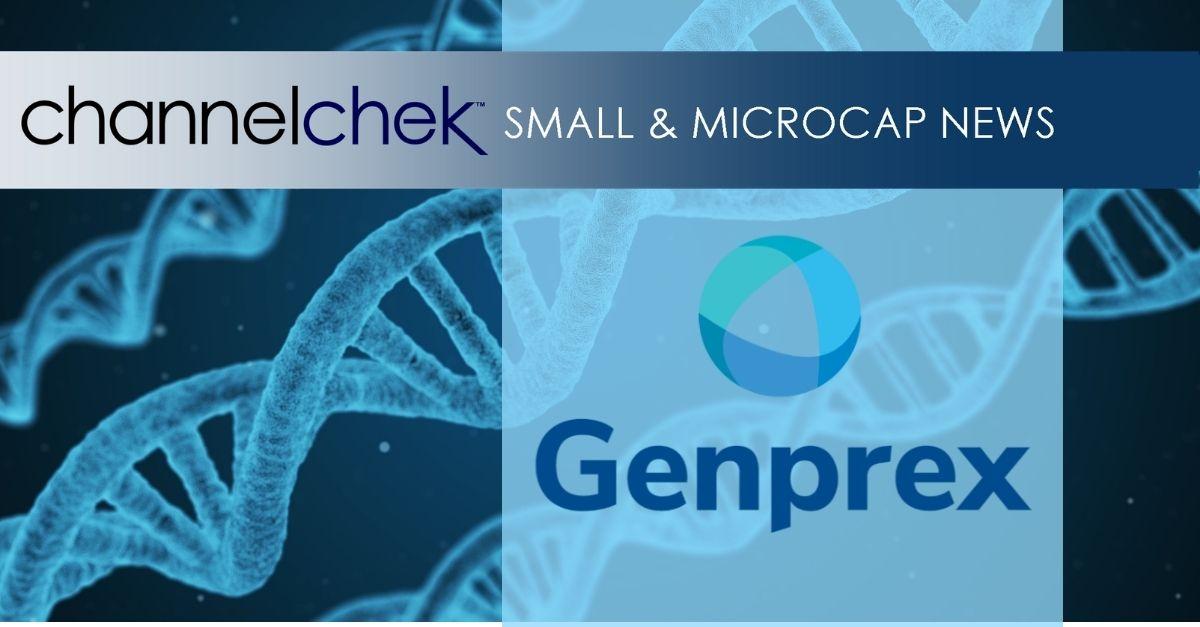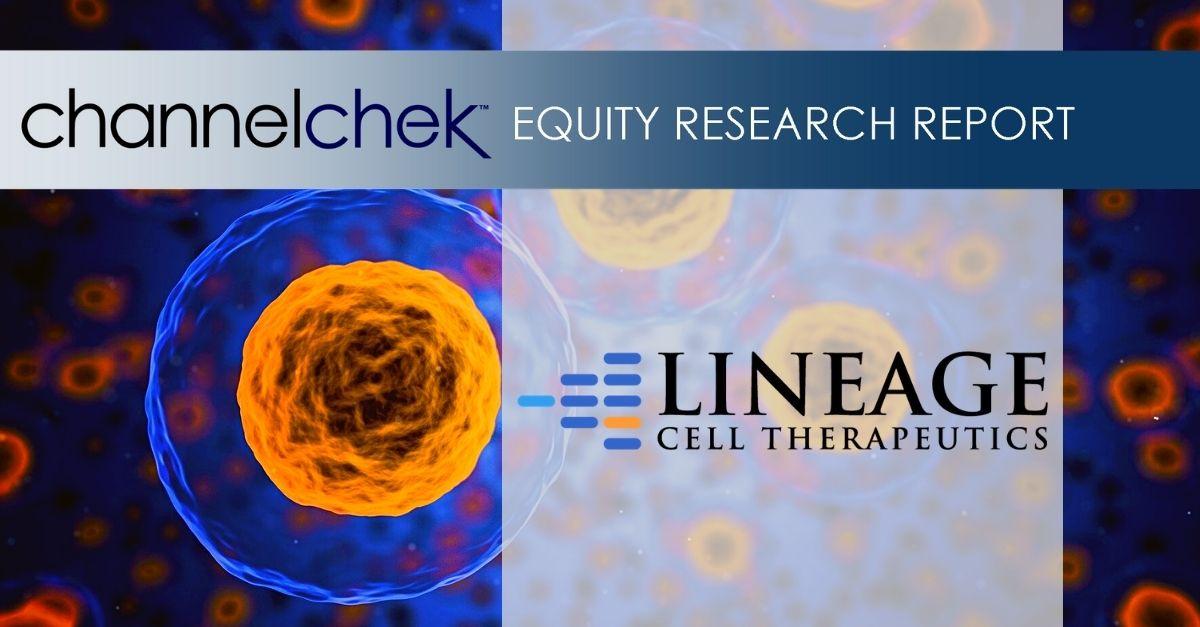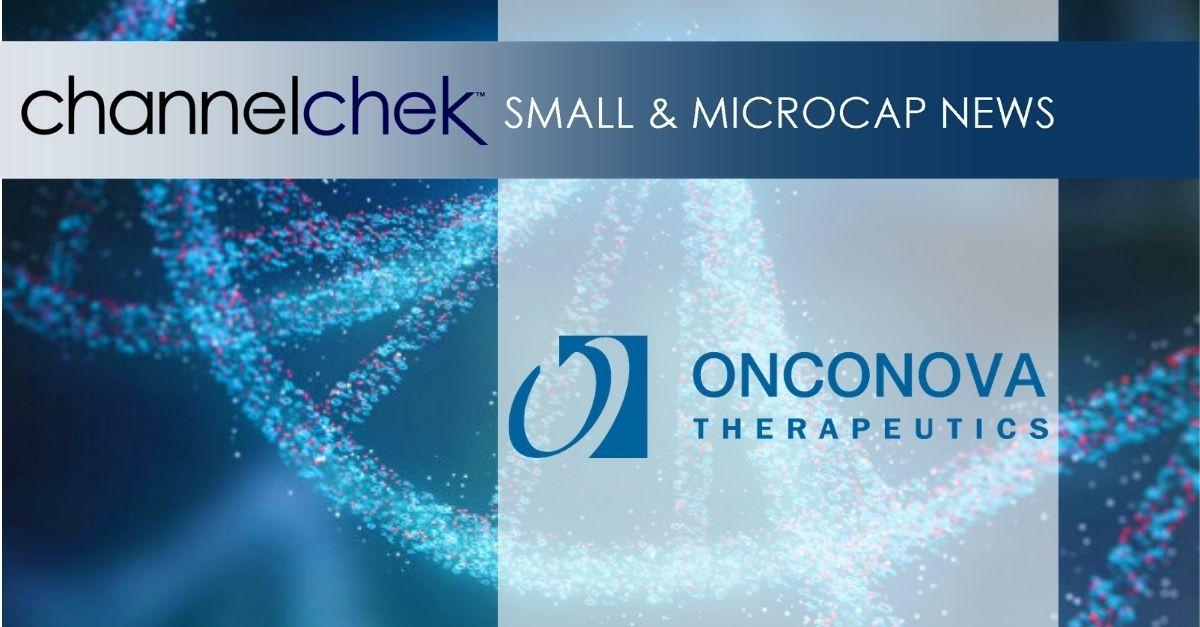
RG6501 (OpRegen®) Phase 1/2a Clinical Results Support the Potential for OpRegen to Slow, Stop or Reverse Disease Progression in Geographic Atrophy Secondary to Age-Related Macular Degeneration
Research, News, and Market Data on Lineage Cell Therapeutics
- 12-Month Primary
Endpoint Data Suggest OpRegen is Well Tolerated with an Acceptable Safety
Profile
- Preliminary
Evidence of Visual Function and Outer Retinal Structure Improvements
Observed in Cohort 4 Patients with GA and Impaired Vision
- Data Reported at
2022 ARVO Meeting by Allen C. Ho, M.D., FACS
CARLSBAD, Calif.–(BUSINESS WIRE)–Lineage Cell Therapeutics, Inc. (NYSE American and TASE: LCTX), a clinical-stage biotechnology company developing allogeneic cell therapies for unmet medical needs, today announced that results from the primary endpoint, safety and tolerability 1 year post-transplant, in the ongoing Phase 1/2a clinical study of RG6501 (OpRegen), a retinal pigment epithelial cell therapy currently in development for the treatment of geographic atrophy (GA) secondary to age-related macular degeneration (AMD), were presented yesterday at the 2022 Association for Research in Vision and Ophthalmology
Annual Meeting (ARVO 2022). The presentation, “Safety and Efficacy of a Phase 1/2a Clinical Trial of Transplanted
Allogeneic Retinal Pigmented Epithelium (RPE, OpRegen) Cells in Advanced Dry
Age-Related Macular Degeneration (AMD)” was featured as part of the Retinal Prostheses and Transplantation Session, by Allen C. Ho, M.D., FACS, Wills Eye Hospital Attending Surgeon and Director of Retina Research, Professor of Ophthalmology, Thomas Jefferson University, Mid Atlantic Retina and President, The Retina Society (abstract number 3714956). RG6501 (OpRegen) is currently being developed under an exclusive worldwide collaboration between Lineage, Roche and Genentech, a member of the Roche Group.
“These data, though uncontrolled, offer the promising demonstration that OpRegen may be able to impact GA disease progression in a clinically meaningful manner, particularly when delivered on-target and in earlier disease, in patients afflicted with what was previously thought to be an inevitably progressive disease,” stated Dr. Ho. “Obviously, larger, controlled studies are required, but spontaneous disease regression does not occur in GA so these results suggest that OpRegen may be a potentially transformational therapy and strongly support further development.”
2022 ARVO Presentation
Highlights
Summary of Safety Results
- All 24 treated patients reported at least one adverse event (AE) and at least one ocular AE
- The majority of AEs reported with OpRegen were mild (Cohort 1-3, 87%; Cohort 4, 93%), and the immunosuppressive regimen was well tolerated
- Ocular AEs observed with OpRegen were mainly related to the surgical procedures used for subretinal delivery, with the most common being conjunctival hemorrhage/hyperemia (n=17) and epiretinal membrane (n=16)
- One patient discontinued the study due to an AE that was unrelated to treatment
- No cases of rejection, acute or delayed intraocular inflammation, or sustained increases in intraocular pressure following OpRegen subretinal delivery have been reported
Summary of Activity Results
- Preliminary evidence of improvement in visual function was observed in patients with GA and impaired vision at baseline (Cohort 4 [n=12])
- Patients in Cohort 4 had an average 7.6 letter gain in visual acuity at 12 months in the study eye
- Three patients in Cohort 4 (25%) had a 15 letter or greater gain in visual acuity at 12 months in the study eye
- Five patients in Cohort 4 with OpRegen delivered to most or all of the GA area, including the fovea, had greater gains in visual function (average 12.8 letter gain), with evidence for regions of apparent improvement of outer retinal structure as assessed by SD-OCT
- The SD-OCT imaging analysis is ongoing
These data support the potential for OpRegen to slow, stop or reverse disease progression in GA. Further assessment of the optimal disease stage for intervention, surgical procedure for subretinal delivery and target delivery location of OpRegen in a larger, controlled clinical study is needed to confirm these findings.
Dr. Ho’s presentation is available on the Events and Presentations section of Lineage’s website.
The Association for Research in Vision and Ophthalmology, Inc. (ARVO) was founded in 1928 in Washington, DC by a group of 73 ophthalmologists. ARVO is the largest and most respected eye and vision research organization in the world. ARVO members include nearly 11,000 researchers from over 75 countries. ARVO advances research worldwide into understanding the visual system and preventing, treating and curing its disorders. For more information, please visit https://www.arvo.org/ or follow the association on Twitter @ARVOInfo.
About OpRegen
OpRegen® is a retinal pigment epithelial cell therapy in development for the treatment of geographic atrophy (GA) secondary to age-related macular degeneration. Following subretinal delivery, OpRegen has the potential to counteract RPE cell loss in areas of GA lesions by supporting retinal structure and function. OpRegen is being developed under a worldwide collaboration between Lineage, Roche and Genentech, a member of the Roche Group.
About the Phase 1/2a Study
The Phase 1/2a study is an open-label, single-arm, multi-center, dose-escalation trial evaluating a single administration of OpRegen delivered subretinally in patients with bilateral GA. Twenty-four patients were enrolled into 4 cohorts. The first 3 cohorts enrolled only legally blind patients with a best corrected visual acuity (BCVA) of 20/200 or worse. The fourth cohort enrolled 12 patients with impaired vision (BCVA from 20/65 to 20/250 with smaller mean areas of GA). Cohort 4 also included patients treated with a new “thaw-and-inject” formulation of OpRegen, which can be shipped directly to sites and used immediately upon thawing, removing the complications and logistics of having to use a dose preparation facility. The primary objective of the study was to evaluate the safety and tolerability of OpRegen as assessed by the incidence and frequency of treatment-emergent adverse events. Secondary objectives are to evaluate the preliminary activity of OpRegen treatment by assessing the changes in ophthalmological parameters measured by various methods of primary clinical relevance.
About Geographic Atrophy
Geographic atrophy (GA) is an advanced form of age-related macular degeneration (AMD) characterized by severe loss of visual function. GA is a leading cause of adult blindness in the developed world, affecting at least 5 million people globally. There are two forms of advanced AMD: neovascular AMD and GA. GA and neovascular AMD can occur simultaneously in the same eye, and patients treated for neovascular AMD may still go on to develop GA. GA typically affects both eyes. There are currently no U.S. Food and Drug Administration (FDA) or European Medicines Agency (EMA) approved treatment options available for patients with GA.
About Lineage Cell Therapeutics, Inc.
Lineage Cell Therapeutics is a clinical-stage biotechnology company developing novel cell therapies for unmet medical needs. Lineage’s programs are based on its robust proprietary cell-based therapy platform and associated in-house development and manufacturing capabilities. With this platform Lineage develops and manufactures specialized, terminally differentiated human cells from its pluripotent and progenitor cell starting materials. These differentiated cells are developed to either replace or support cells that are dysfunctional or absent due to degenerative disease or traumatic injury or administered as a means of helping the body mount an effective immune response to cancer. Lineage’s clinical programs are in markets with billion dollar opportunities and include five allogeneic (“off-the-shelf”) product candidates: (i) OpRegen, a retinal pigment epithelial cell therapy in Phase 1/2a development for the treatment of geographic atrophy secondary to age-related macular degeneration; (ii) OPC1, an oligodendrocyte progenitor cell therapy in Phase 1/2a development for the treatment of acute spinal cord injuries; (iii) VAC2, a dendritic cell therapy produced from Lineage’s VAC technology platform for immuno-oncology and infectious disease, currently in Phase 1 clinical development for the treatment of non-small cell lung cancer (iv) ANP1, an auditory neuronal progenitor cell therapy for the potential treatment of auditory neuropathy, and (v) PNC1, a photoreceptor neural cell therapy for the treatment of vision loss due to photoreceptor dysfunction or damage. For more information, please visit www.lineagecell.com or follow the company on Twitter @LineageCell.
Forward-Looking Statements
Lineage cautions you that all statements, other than statements of historical facts, contained in this press release, are forward-looking statements. Forward-looking statements, in some cases, can be identified by terms such as “believe,” “aim,” “may,” “will,” “estimate,” “continue,” “anticipate,” “design,” “intend,” “expect,” “could,” “can,” “plan,” “potential,” “predict,” “seek,” “should,” “would,” “contemplate,” “project,” “target,” “tend to,” or the negative version of these words and similar expressions. Such statements include, but are not limited to, statements relating to the collaboration and license agreement with Roche and Genentech and activities expected to occur thereunder; and the potential benefits of treatment with OpRegen and that OpRegen may be a potential transformational therapy. Forward-looking statements involve known and unknown risks, uncertainties and other factors that may cause Lineage’s actual results, performance or achievements to be materially different from future results, performance or achievements expressed or implied by the forward-looking statements in this press release, including, but not limited to, the risk that positive findings in early clinical and/or nonclinical studies of a product candidate may not be predictive of success in subsequent clinical and/or nonclinical studies of that candidate; the risk that competing alternative therapies may adversely impact the commercial potential of OpRegen; the risk that Roche and Genentech may not be successful in completing further clinical trials for OpRegen and/or obtaining regulatory approval for OpRegen in any particular jurisdiction; the risk that Lineage may not be able to manufacture sufficient clinical quantities of its product candidates in accordance with current good manufacturing practice; risks and uncertainties inherent in Lineage’s business and other risks discussed in Lineage’s filings with the Securities and Exchange Commission (SEC). Lineage’s forward-looking statements are based upon its current expectations and involve assumptions that may never materialize or may prove to be incorrect. All forward-looking statements are expressly qualified in their entirety by these cautionary statements. Further information regarding these and other risks is included under the heading “Risk Factors” in Lineage’s periodic reports with the SEC, including Lineage’s most recent Annual Report on Form 10-K and Quarterly Report on Form 10-Q filed with the SEC and its other reports, which are available from the SEC’s website. You are cautioned not to place undue reliance on forward-looking statements, which speak only as of the date on which they were made. Lineage undertakes no obligation to update such statements to reflect events that occur or circumstances that exist after the date on which they were made, except as required by law.
Contacts
Lineage Cell Therapeutics, Inc. IR
Ioana C. Hone
(
ir@lineagecell.com)
(442) 287-8963
Solebury Trout IR
Mike Biega
(
Mbiega@soleburytrout.com)
(617) 221-9660
Russo Partners – Media Relations
Nic Johnson or David Schull
Nic.johnson@russopartnersllc.com
David.schull@russopartnersllc.com
(212) 845-4242








